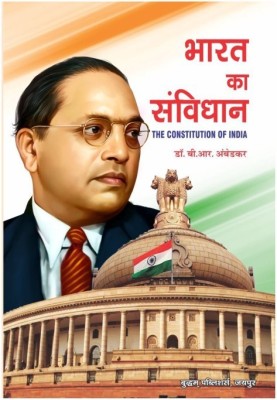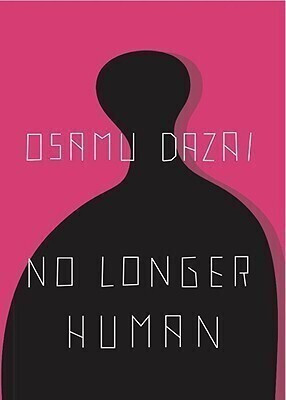
Scripts Without Iso 15924 Code: Nastaliq Script, Proto-Sinaitic Alphabet, Hentaigana, Tangut Script, Caucasian Albanian Alphabet, Gugyeol (English, Paperback, Llc Books)
Price: Not Available
Currently Unavailable
Highlights
- Language: English
- Binding: Paperback
- Publisher: Books Llc
- ISBN: 9781158475551, 1158475551
- Edition: 2010
- Pages: 40
Description
Purchase includes free access to book updates online and a free trial membership in the publisher\'s book club where you can select from more than a million books without charge. Chapters: Nasta?l?q Script, Proto-Sinaitic Alphabet, Hentaigana, Tangut Script, Caucasian Albanian Alphabet, Gugyeol, Old Uyghur Alphabet. Not illustrated. Excerpt: (also anglicized as Nastaleeq; ) is one of the main script styles used in writing the Perso-Arabic script, and traditionally the predominant style in Persian calligraphy It was developed in Iran in the 14th and 15th centuries. Although it is sometimes used to write Arabic-language text (where it is known as Taliq or Farsi and is mainly used for titles and headings), it has always been more popular in the Persian, Turkic, and South Asian spheres of influence. has extensively been (and still is) practiced in Iran, Pakistan and Afghanistan as a form of art. A less elaborate version of serves as the preferred style for writing Persian, Kashmiri, and Urdu, and it is often used alongside Naskh for Pashto. was historically used for writing Ottoman Turkish, where it is known as t?lik (not to be confused with a totally different Persian style, also called taliq). Nastalq is the core script of the Persian writing tradition, and equally important in the areas under its cultural influence. Notably the languages of Afghanistan (Dari, Uzbek, Turkmen, etc.), Pakistan (Punjabi, Urdu, Saraiki, Kashmiri, etc.), India (Urdu, Rekhta), and the Turkic Uyghur language of the Chinese province of Xinjiang, rely on Nastalq. Under the name Taliq, it was also beloved by Ottoman calligraphers who developed the Diwani and Ruqah styles from it. is amongst the most fluid calligraphy styles for the Arabic alphabet. It has short verticals with no serifs, and long horizontal strokes. It is written using a piece of trimmed reed with a tip of 510 mm, called \"qalam\" (\"pen,\" in Arabic and Persian \"\"), and carbon ink, named \"da... More: http://booksllc.net/?id=776450
Read More
Specifications
| Publication Year |
|
| Table of Contents |
|
Be the first to ask about this product
Safe and Secure Payments.Easy returns.100% Authentic products.
Back to top




